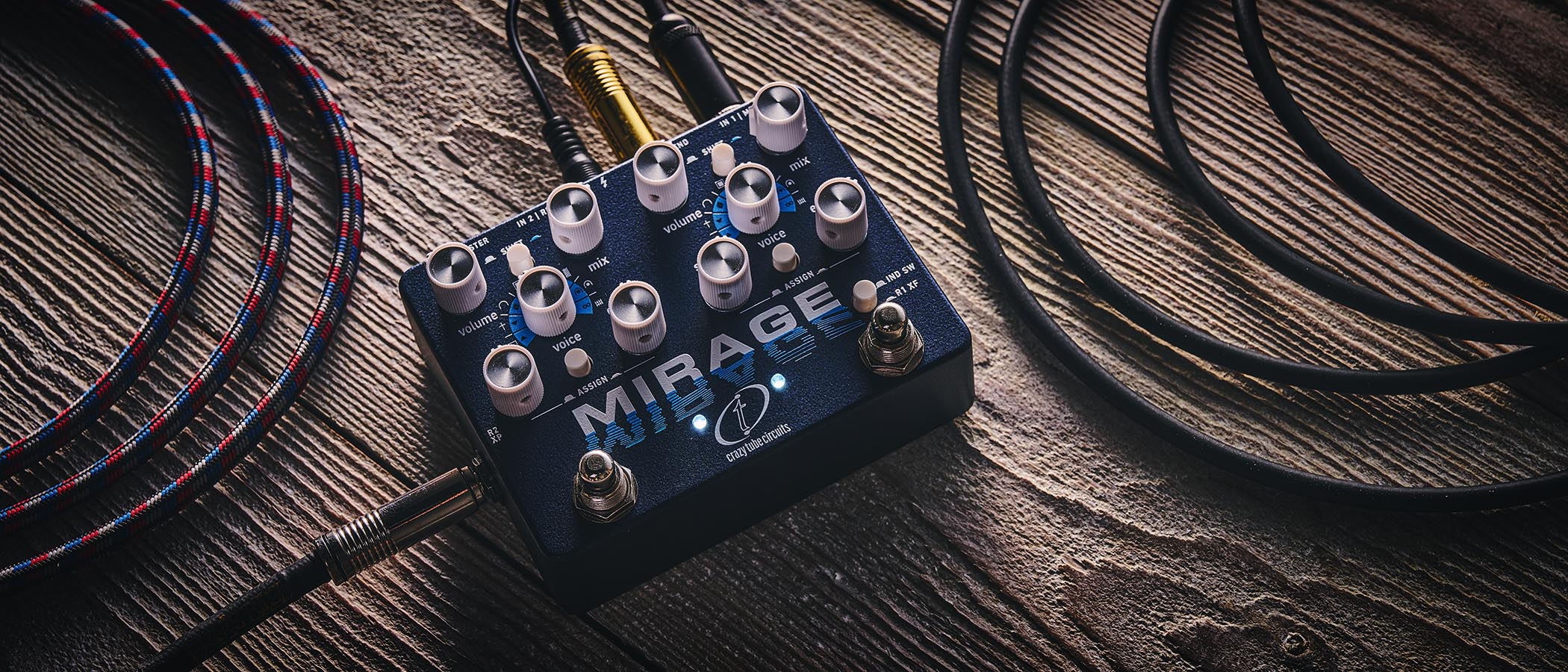“The Strat, for me, is like an old friend. I can get a lot of personality and expression out of it. But had I been there when the guitar was designed…” Hank Marvin on what he loves about the Fender Stratocaster – and what he would he change
Shadows legend Hank Marvin looks back at his favorite guitars – and the models that didn’t quite work for him – to commemorate the 70th anniversary of the Fender Stratocaster

Hello Guitarist readers. I was honoured to be asked to contribute to celebrate the magazine’s 40th anniversary and the 70th birthday of the Fender Stratocaster. For my ‘editorial’, I thought I’d share a few thoughts about Strats and other guitars I’ve used over the years.
Leo Fender got it so right with the Strat. The contoured body is so comfortable, and one volume knob controls the three pickups so there are no level discrepancies when switching between pickups.
The double-cutaway gives superb access, and the three pickups provide a variety of tones, either singly or in combination. The whammy bar, when set up correctly (as mine are), does not affect the tuning even when violently shaken (but never stirred).
Also, the bar could swivel across the strings, unlike a Bigsby, allowing it to be held in the picking hand so you could use it and pick at the same time. And it’s such a cool-looking guitar!
When the Fender Custom Shop made my Signature Strats, they copied the body of my 1958 model, and it was observed that the contours were much more flowing and, to quote, “sexier” than the later models.
Had I been there when the guitar was designed, I might have gone for a slightly wider fingerboard so that the first string is not pulled off the edge so easily.
A five-way pickup switch would have made it easier to access the possible combinations, and locking machineheads would have helped with changing strings and better tuning.
All the latest guitar news, interviews, lessons, reviews, deals and more, direct to your inbox!
Also, the Easy-Mute vibrato bar that I use (designed by Ian St John-White and made with surgical steel, as is the block that is drilled and threaded specifically for the bar that fits it), never gets loose as the originals do.
It hasn’t only been Strats, though. In 1961 bought a Gretsch Country Gentleman, dreaming that it would help me play like Chet Atkins. I failed. I used it on The Shadows’ Nivram, and Cliff’s A Girl Like You, but I didn’t get on with it and sold it.
Towards the end of ’63 we changed to the Burns Marvin, which I used until 1969/’70 when mine were stolen. I then bought a black Les Paul Custom, which I found heavy, uncomfortable and I missed the whammy bar. So it was back to the Stratocaster!
I have a number of Strats. A couple of archtops – one made by Stephen Grimes in Hawaii, a work of art, finished in blue with a quilted maple back. I have a couple of Martins, two Taylors, one a beautiful black finish with superb inlays. I played that on Ticket To Ride on the Guitar Player CD and on Windmills Of Your Mind.
There are a couple of Matons, and a selection of Gypsy jazz guitars; one is an old Favino, which I used on most of the tracks on Guitar Player. And a Danelectro baritone added depth and richness to the intro phrases on La Bamba and Sealed With A Kiss.
But the Strat, for me, is like an old friend. I feel I can get a lot of personality and expression out of my Strat. And I do love that whammy bar!

